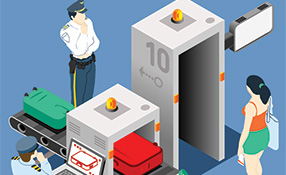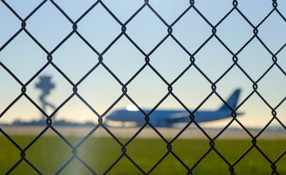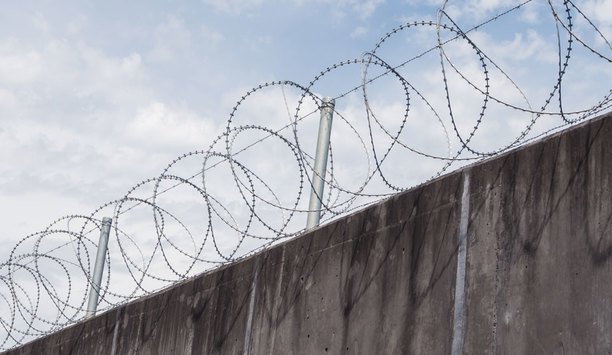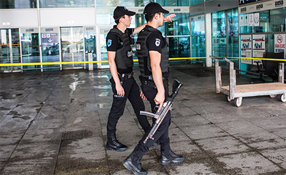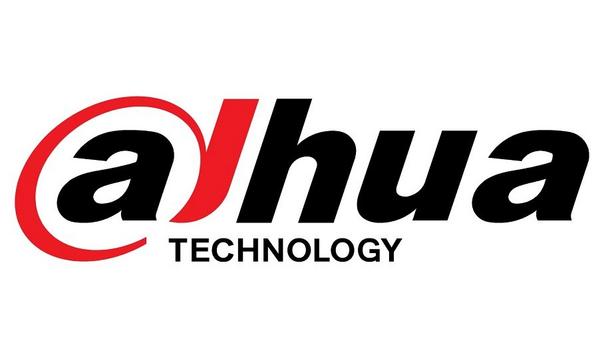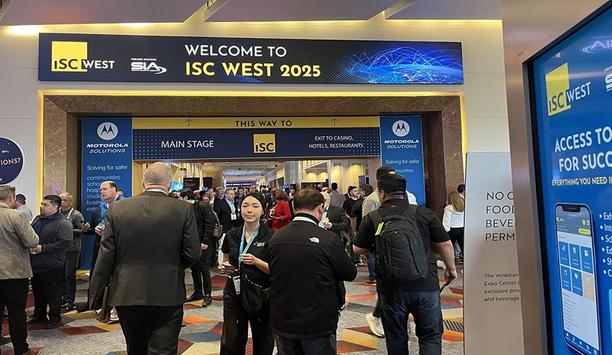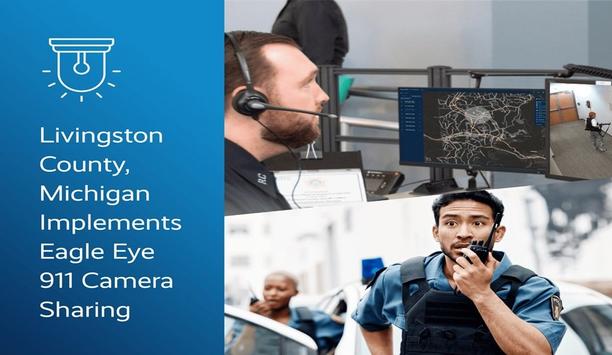 |
| The obstacles preventing convergence with fire systems appear substantial |
The IT network began as a dedicated structure within a building or facility. From this starting point, we have seen telephones, HVAC, access control and increasingly CCTV/video residing on the same platform. If today’s facility managers were offered a new building with separate networks for each type of subsystem, they would react with incredulity.
The exception is fire protection, where the life-safety element requires standalone operation. In most instances, the absence of redundancy in IP communication that offers no secondary path or where the robustness of upstream failover systems cannot be guaranteed rules out convergence.
Notwithstanding this limitation, there are many areas in which physical security and fire protection can communicate. Exchange of data between disparate systems is vital when threats to a site intermix, such as the frequent incidence of intruders causing electrical failures that result in fires. I thought of this immediately at a recent trade fair when an access control sales rep demonstrated that his system could correlate two seemingly trivial occurrences such as a single door ajar coinciding with a temperature change. On their own, these events at a large busy site are never going to attract the attention of security operatives, but an access control management system can flag the juxtaposition as being significant.
It’s hardly as if fire alarm systems don’t integrate with other aspects of building management. We have used them for decades to deactivate air-conditioning, return elevators to ground level and close gas valves. Only this month a consultant friend took me round an award-winning harbour where access control has been integrated with life safety systems. In the event of fire or a fire drill, staff, visitors and contractors at the site present a MIFARE card to readers located at mustering points outside the terminal building, thus providing fire marshals real-time information about the evacuation procedure from smart phone apps.
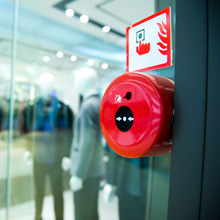 |
| Most often, the absence of redundancy in IP communication rules out convergence |
The physical security and fire protection communities are housed in adjacent halls at IFSEC because facility managers, industry watchdogs and anybody working across an array of building disciplines wants the two sectors to collaborate. There’s no lack of incentive. If we want to unify situational awareness from diverse field devices to optimise decision-making in emergency situations, collaboration is vital.
As with many sectors, video analytics developers have proven responsive. They have been quick to recognise that occurrence of flame and smoke patterns was just one more anomalous situation for which an accurate algorithm could be written to create an early warning. The software houses realised that the large atriums and high ceilings favoured by today’s architects posed challenges for traditional smoke and fire detection systems.
The technology is commercially viable, and several companies are implementing it successfully. There are also many outdoor applications where, with the use of explosive-proof camera housings covered by the EU’s ATEX directive, sites such as waste dumps with spontaneously combustible items including alloy wheels are protected by video analytics. But whatever the advances, anybody who thinks that explaining the concept of fire protection using video analytics to a sceptical insurance broker will be easy is either optimistic or naïve.
The distinguishing factor here is that video analytics is an add-on and illustrates facility managers reinforcing conventional technology. The moment that fire protection using, say, IP-addressable cameras and wireless backhaul became a primary measure then the system would be unlikely to satisfy the European EN Eurocode standards.
While every other building management discipline is talking about convergence through “big data,” “intelligent cities” and “The Internet of Things,” fire systems as a life safety discipline may remain a self-contained category as a result of the overriding needs for robustness and redundancy.
This brings me full circle, and the obstacles preventing convergence appear substantial. What might members of the newly-formed Fire Safe Europe alliance suggest as to how the two sectors can continue to communicate or at least how we can think more clearly about future integration?







